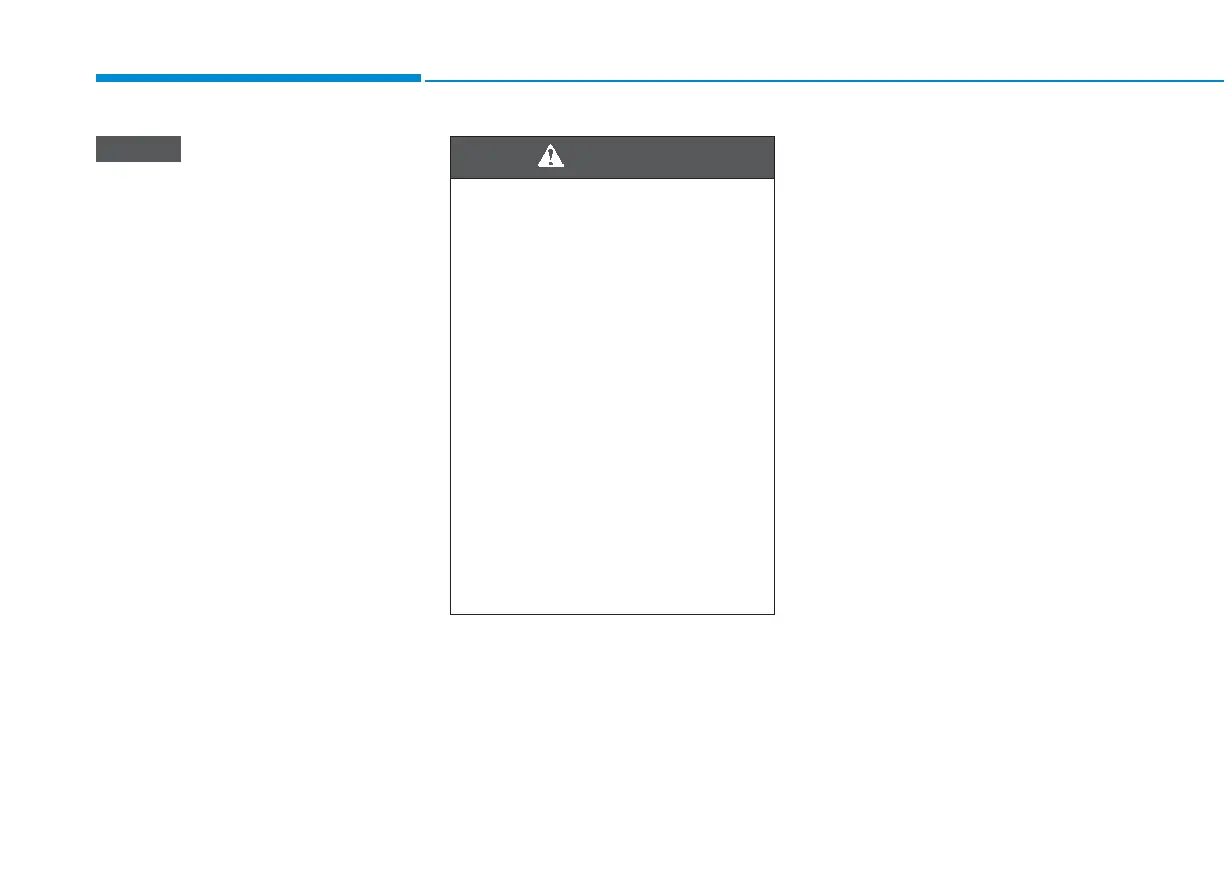5-22
Driving your vehicle
To prevent damage to the engine,
clutch and transaxle:
• When downshifting from 5th
gear to 4th gear, be careful not
to inadvertently push the shift
lever sideways engaging the
2nd gear. A drastic downshift
may cause the engine speed to
increase to the point the
tachometer will enter the red-
zone.
• Do not downshift more than two
gear at a time or downshift the
gear when the engine is running
at high speed (5,000 RPM or
higher). Such a downshifting
may damage the engine, clutch
and the transaxle.
Good driving practices
• Never take the vehicle out of gear
and coast down a hill. This is
extremely dangerous.
• Don't "ride" the brakes. This can
cause the brakes and related parts
to overheat and malfunction.
When you are driving down a long
hill, slow down and shift to a lower
gear. Engine braking will help slow
down the vehicle.
• Slow down before shifting to a
lower gear. This will help avoid
over-revving the engine, which can
cause damage.
• Slow down when you encounter
cross winds. This gives you much
better control of your vehicle.
• Be sure the vehicle is completely
stopped before you shift into R
(Reverse) to prevent damage to
the transaxle.
NOTICE
• Depress the clutch pedal as
far as possible. Be aware not
to apply the pedal is repeated-
ly depressed before returning
to its normal position,the
clutch system might be dam-
aged.
• Do not overload the vehicle.
Starting or driving a vehicle in
much frictional heat to the
clutch disk which might cause
damage to the clutch cover
and disk.
• When starting the vehicle or
driving backwards, releasing
the clutch pedal too soon
after shifting the lever might
turn off the engine and lead to
an accident.
WARNING

